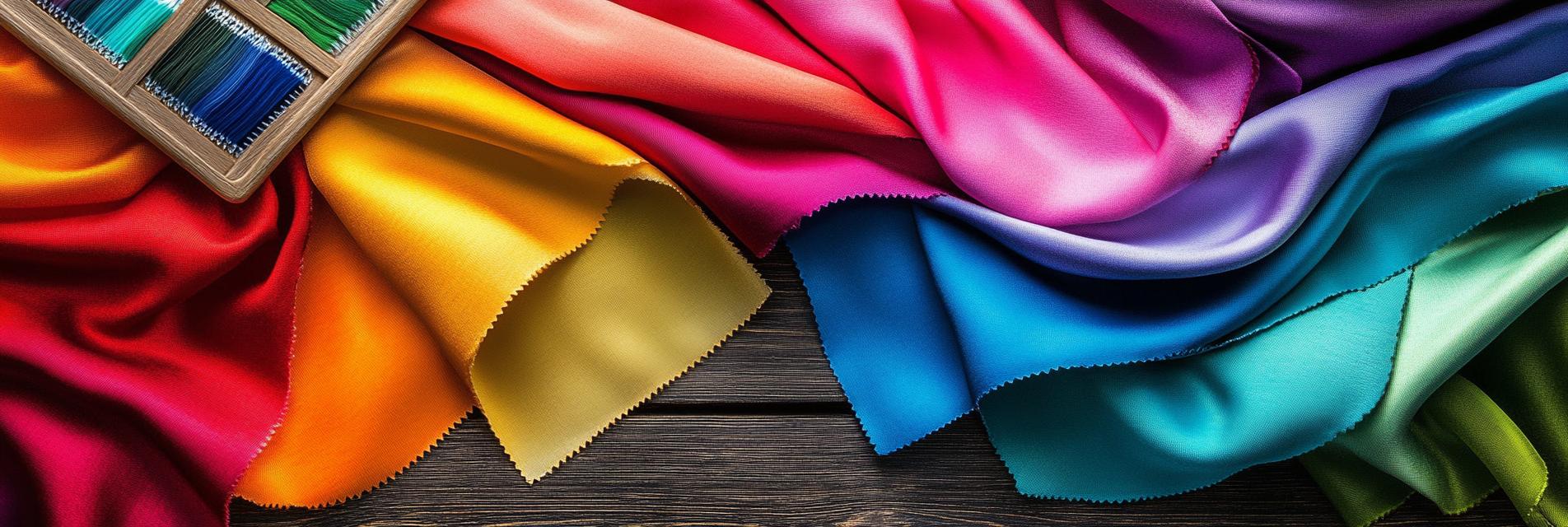In the evolving textile market, the importance of dye fastness fabrics cannot be overstated. These fabrics ensure that color remains vibrant and intact despite exposure to various environmental factors. The journey of understanding these fabrics dates back several decades, reflecting significant advancements in dyeing techniques and consumer awareness.
Initially, dye fastness was a mere consideration for producers, but as consumer preferences shifted toward high-quality and durable products, manufacturers began to prioritize this aspect. By the early 2000s, we saw a rise in the demand for fabrics that could withstand washing, light, and other damaging elements. This period marked the beginning of a rigorous focus on quality assurance across the textile industry.

Today, the dyeing process has incorporated innovative technologies aimed at enhancing dye fastness. Sustainable practices are also gaining traction, as consumers become more environmentally conscious. With the introduction of natural dyes and eco-friendly chemical processes, the industry is witnessing a significant transformation.
Quality assurance plays a pivotal role in consumer decision-making. Fabrics that display exceptional dye fastness are preferred, as they not only reduce the frequency of replacement but also support sustainable consumption. Reports indicate a growing awareness among consumers regarding fabric durability, which drives them to demand products that meet their expectations.
In conclusion, the significance of dye fastness fabrics continues to rise in the textile market. As we move forward, it is crucial for manufacturers to stay attuned to consumer needs and industry trends. By prioritizing innovation and quality assurance, we can ensure that our products not only meet market demands but also promote sustainability within the textile industry.
